A Different New Year’s: Welcoming Spring with Nowruz
Persians across the globe welcome Solar New Year
Photo Courtesy of Samira Feili
The Haft-seen is an integral part of Nowruz. Each of the seven objects on the table signifies some idea or value that are important to the Persian culture, such as prosperity, beauty and patience.
March 26, 2020
For millions of people across the globe, March 19 is not just the beginning of spring, but it is also a holiday known as Nowruz, meaning “New Day” in Farsi. With roots in Persian and Zoroastrian culture, Nowruz is an annual celebration of the new year based on the Solar calendar. Even with the recent school shutdown amidst COVID-19 threats, many Portola High families at Portola High will be celebrating.
“Nowruz is a way for me to dig deeper into my cultural heritage,” senior Samira Feili said. “I am an American that has grown up in America, but my family’s background is from Iran. This holiday allows me to keep in touch with the traditions of my culture.”
Existing since the 11th century, Nowruz is a holiday with rich cultural significance to Persians. A common theme of the holiday is “renewal,” given it is a celebration of both the new year and the spring equinox.
Nowruz lasts for 13 days. The first 12 days involve spending time with elders and family. The thirteenth day marks the end of Nowruz, and it is believed to be bad luck to stay indoors, so people go out to parks for picnics and a day of celebration, called Sizdehbedar, with food and music. An alternative this year may look like a family picnic in one’s backyard, which maintains the social distancing while still observing the tradition.
Leading up to Nowruz, many Persian families engage in a series of traditions. One such tradition is called “Khane Tekani,” literally translated as “Shaking the House.” This involves cleaning the entire house, or spring cleaning, as a way to welcome the new year.
On the last Wednesday eve before the start of Nowruz, perhaps the most notable tradition, called “Chaharshanbe Soori,” involves jumping over a bonfire and repeating the phrase “I give you [the fire] my sickness, and you give me your vitality.” Having personally experienced Nowruz, a common alternative to jumping over a bonfire is simply lighting a candle in its place.
One important tradition is making a Haft-seen, which is a table that holds seven items: the seven “S’s” in the Persian language. These include a hyacinth plant (Sonbol), which represents spring, a tray of garlic (Seer) for good health, a bowl of vinegar (Serkeh) for patience, some sweet pudding (Samanu) for fertility, sprouts (Sabzeh) for rebirth, coins (Sekeh) for prosperity and an apple (Seeb) for beauty.
Another tradition similar to Lunar New Year is handing out new money to children. This practice is thought to bring good luck to those who receive the money.
“Specifically with the Coronavirus, we are avoiding public places as much as we can,” Feili said. “Normally, most Persians will celebrate with their families and go out to restaurants. My family is just staying home and spending time with close family.”



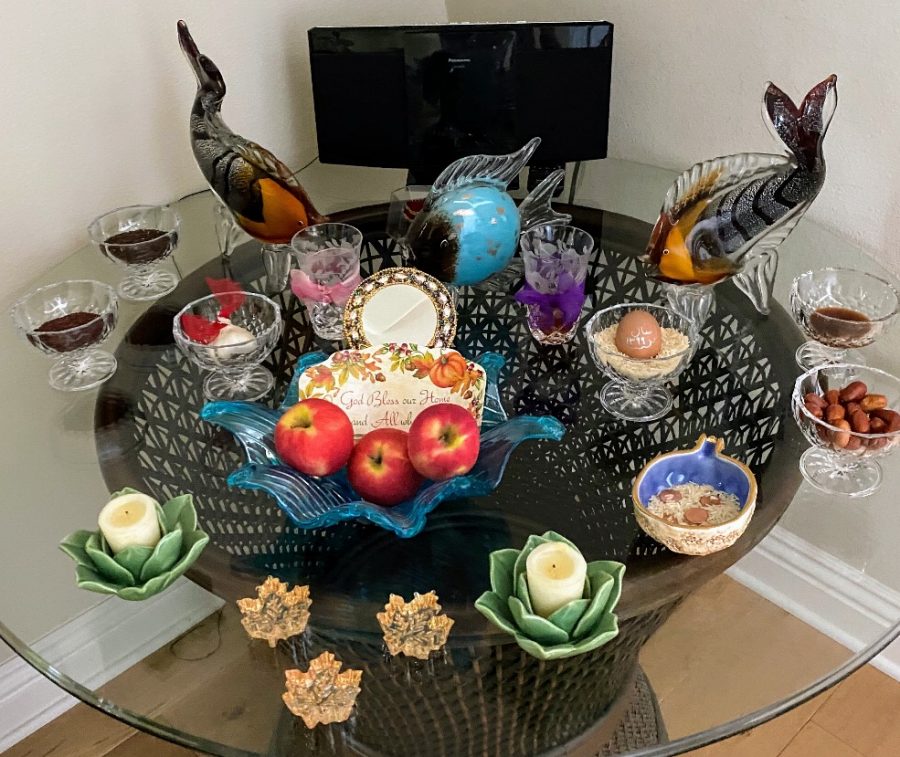
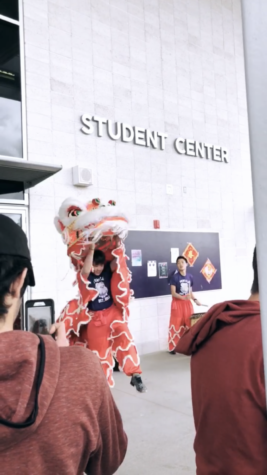
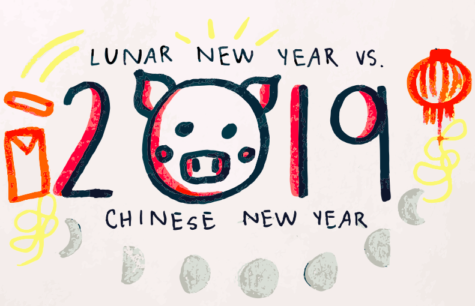

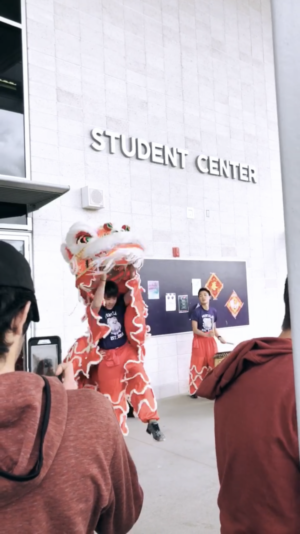
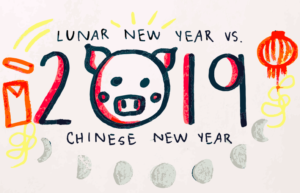


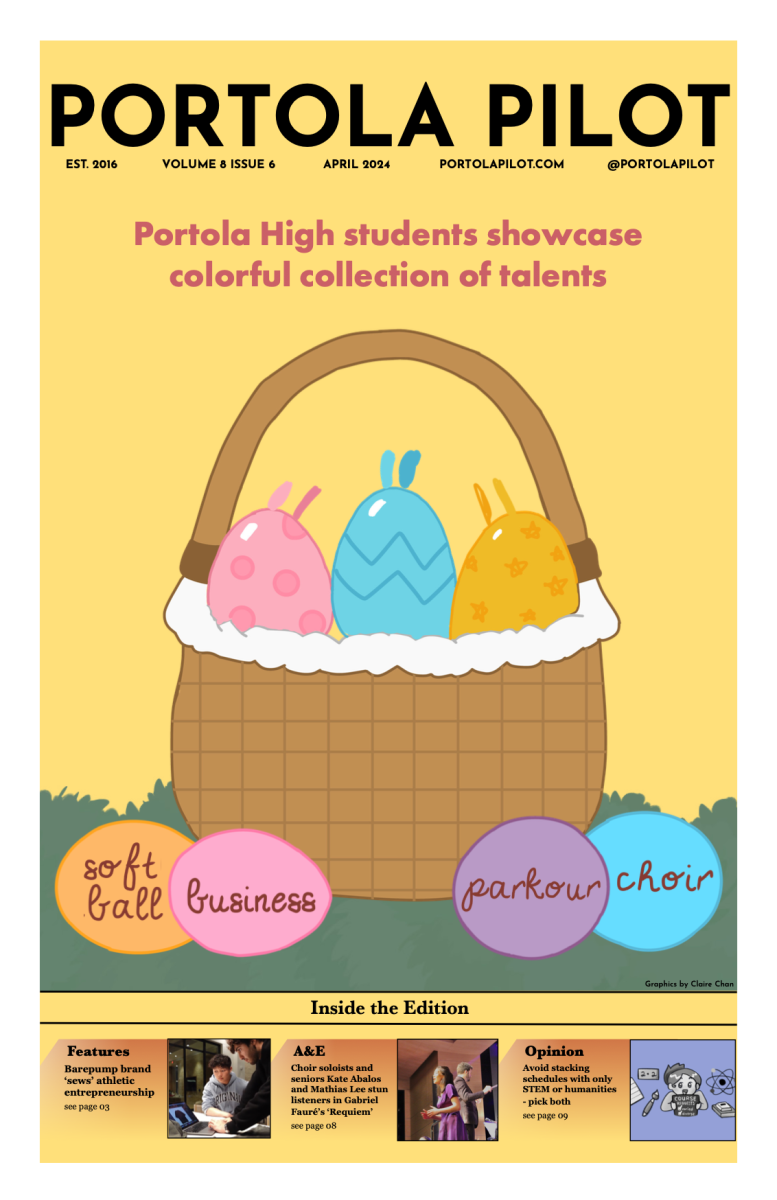




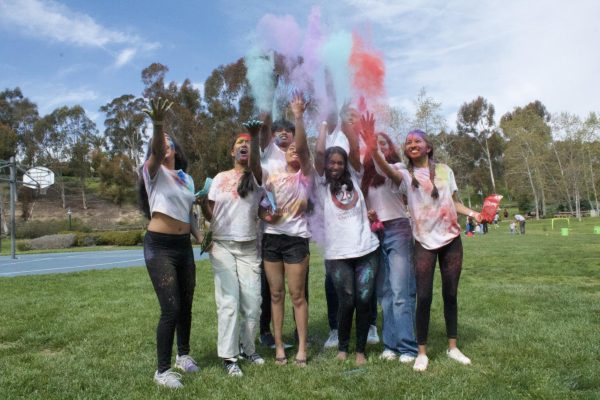
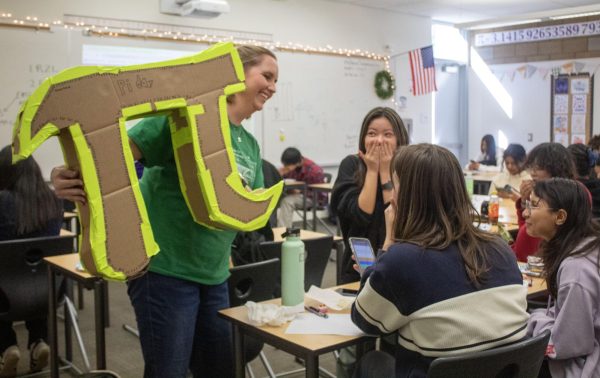

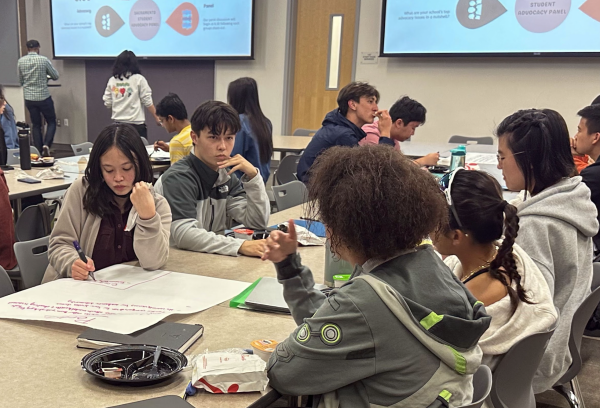
![Junior Joanna Peng utilizes a MacBook and iPad after school to work on assignments. One of Peng’s most used products is her iPad due to its versatility. Peng uses it as a computer using a magic keyboard and also uses it to draw and make calls. “Ive bought iPads since the first generation when it came out, [I’ve bought the] minis, and then I crashed [the iPad 3] under my table,” Peng said. “Its something that I continue to buy and continue to use most often in my life.”](https://portolapilot.com/wp-content/uploads/2024/02/IMG_5259-600x450.jpeg)

